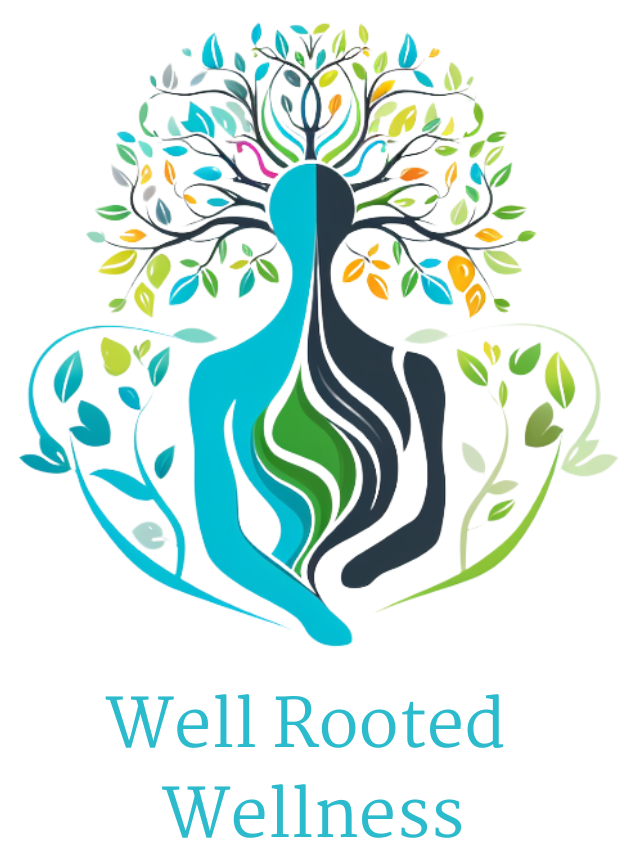There’s something truly magical about digging your hands into the soil and watching life sprout forth. But did you know that gardening can do more than just beautify your surroundings? In this enlightening blog post, we’ll explore the fascinating world of therapeutic horticulture and how it can positively impact both your physical and mental well-being. From reducing stress and anxiety to improving motor skills and brain function, the simple act of tending to plants has the power to heal and rejuvenate. So grab your gardening gloves and let’s discover the healing secrets hidden in your backyard!
The Roots of Recovery
To truly understand the healing power of therapeutic horticulture, we must first understand the roots of recovery. Gardening has been used for centuries as a means of physical and mental rehabilitation, offering individuals a way to connect with nature, foster growth, and cultivate resilience.
The physical benefits of gardening
The act of gardening provides numerous physical benefits to individuals on their path to recovery. Engaging in activities such as planting, weeding, and harvesting can help improve strength, stamina, and coordination. The repetitive motions involved in gardening also promote dexterity and flexibility, while being outdoors exposes individuals to vitamin D, which is important for bone health and overall well-being.
Gardening can offer a low-impact form of exercise, making it accessible to individuals with a wide range of physical abilities. From digging in the dirt to lifting pots and watering plants, every action in the garden can contribute to improved physical health and a sense of accomplishment.
Soil to soul: Mental health boosts from horticulture
Any individual who has spent time in a garden can attest to the calming and rejuvenating effects of being surrounded by nature. Therapeutic horticulture harnesses these benefits to support mental health and emotional well-being. The simple act of tending to plants and watching them grow can instill a sense of purpose and accomplishment, boosting self-esteem and confidence.
Roots of trees anchor them firmly to the ground, just as gardening can serve as a grounding force for individuals seeking solace and healing. The act of nurturing plants and witnessing their growth can provide a sense of stability and connection to the natural world, offering a therapeutic escape from the stresses of everyday life.
Cultivating Wellness
You have decided to explore the benefits of therapeutic horticulture and how gardening can contribute to your physical and mental well-being. By immersing yourself in nature and taking care of plants, you are launching on a journey towards a healthier and happier lifestyle.
Designing a therapeutic garden
To create a therapeutic garden, consider elements that promote relaxation and sensory stimulation. Incorporate pathways for easy navigation, seating areas for contemplation, and diverse plantings to engage all the senses. Water features like fountains or birdbaths can add a calming ambiance, while aromatic plants such as lavender or rosemary can enhance the sensory experience.
Furthermore, think about accessibility and safety in your garden design. Ensure that pathways are wide enough for wheelchairs if needed and that there are no tripping hazards. By designing a space that is inviting and inclusive, you are setting the foundation for a truly therapeutic environment.
Essential plants for your health garden
Plants play a vital role in therapeutic horticulture, offering not only visual appeal but also various health benefits. Consider including plants like aloe vera for its soothing properties, mint for its refreshing fragrance, and chamomile for its calming effects. These plants can be used in teas, skincare products, or simply enjoyed for their natural healing properties.
Any therapeutic garden can benefit from the addition of herbs like sage or thyme, known for their anti-inflammatory and antioxidant properties. These plants not only enhance the sensory experience but also provide opportunities for hands-on interaction, such as harvesting and using them in cooking or DIY projects. Including a variety of plants in your health garden ensures a diverse range of health benefits for both body and mind.
Growth and Maintenance
Nurturing yourself as you nurture your garden
Despite the physical and mental benefits that therapeutic horticulture can bring, it’s important to remember to take care of yourself while tending to your garden. Just as you nourish your plants with water and sunlight, remember to nourish your own body and mind.
Gardening can be a therapeutic activity, but it can also be physically demanding. Make sure to stretch before and after gardening to prevent muscle strain. Take breaks when needed and stay hydrated. Note, your well-being is just as important as the growth of your garden.
Overcoming common gardening challenges
Challenges are a natural part of gardening, but they can sometimes feel overwhelming. Whether it’s dealing with pests, plant diseases, or unpredictable weather, every gardener faces obstacles. Note, you are not alone in facing these challenges.
With a little patience and perseverance, most gardening challenges can be overcome. Reach out to local gardening clubs or online forums for advice and support. Note, every setback is an opportunity to learn and grow as a gardener.
Summing up
Taking this into account, therapeutic horticulture has shown significant benefits in aiding both physical and mental recovery. From reducing stress and anxiety to improving motor skills and cognitive abilities, gardening has proven to be a valuable tool in promoting overall well-being. Incorporating gardening into rehabilitation programs and healthcare settings can offer patients a holistic approach to healing that is both rewarding and sustainable. By recognizing the healing power of nature and the therapeutic benefits of gardening, we can continue to enhance the quality of life for those undergoing recovery.


